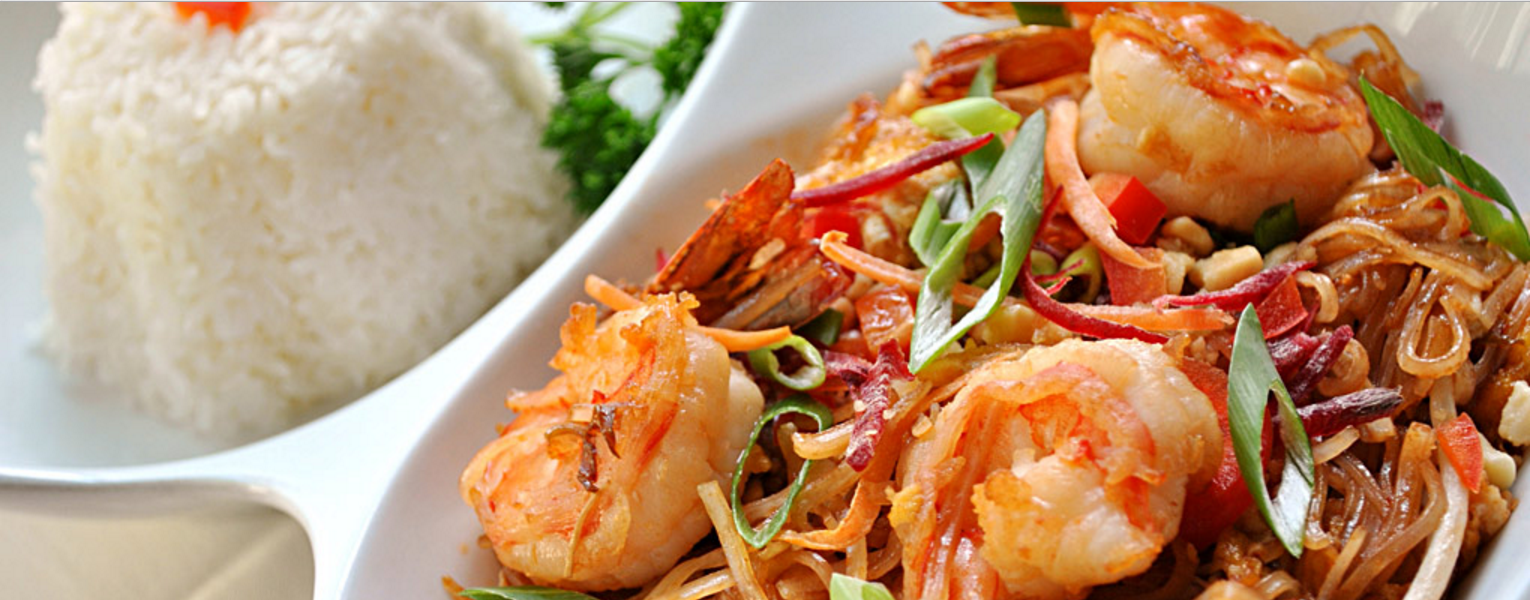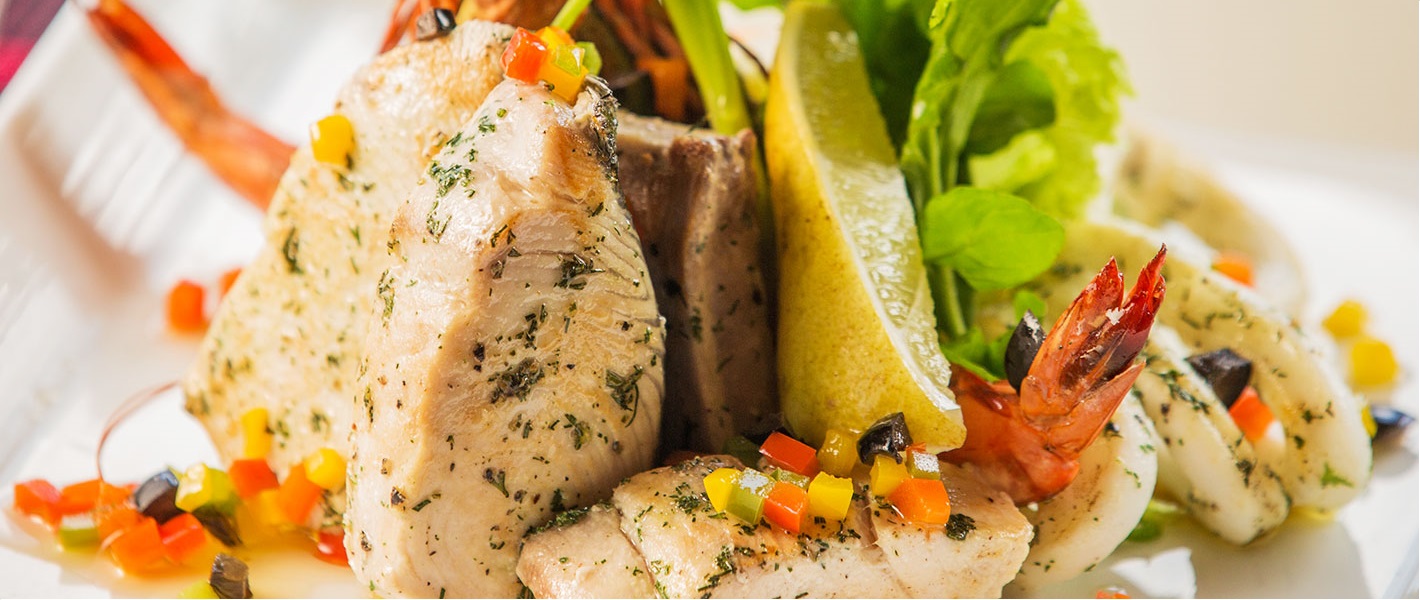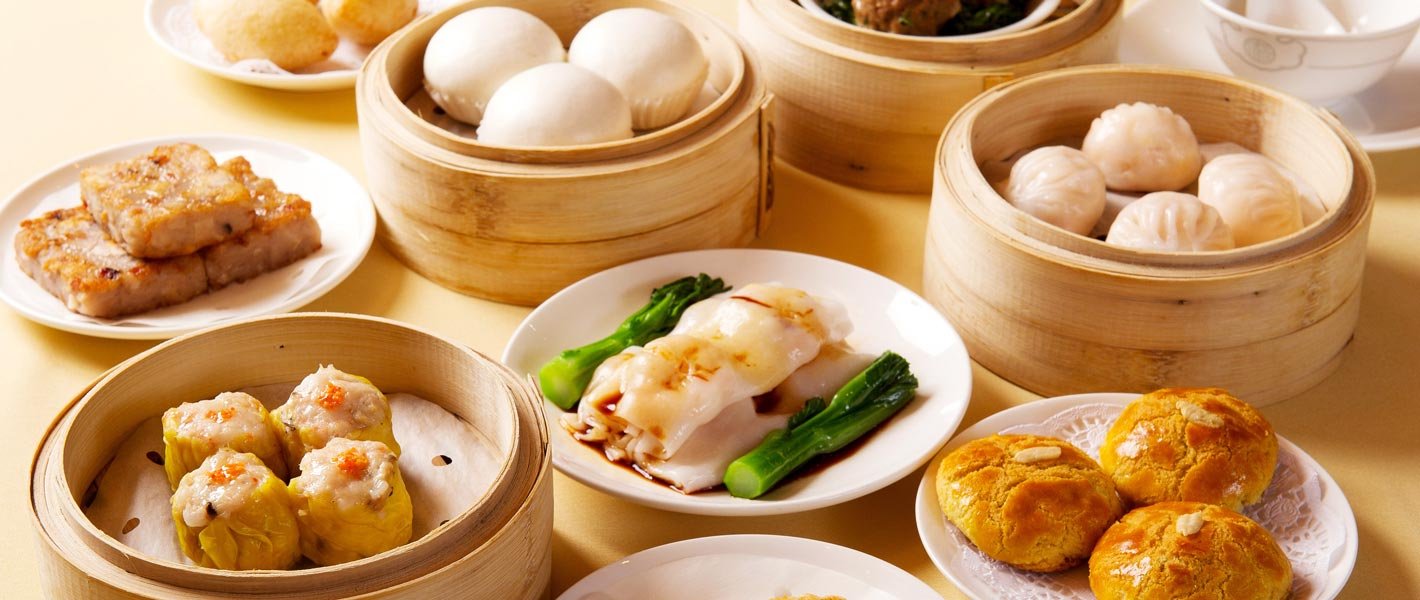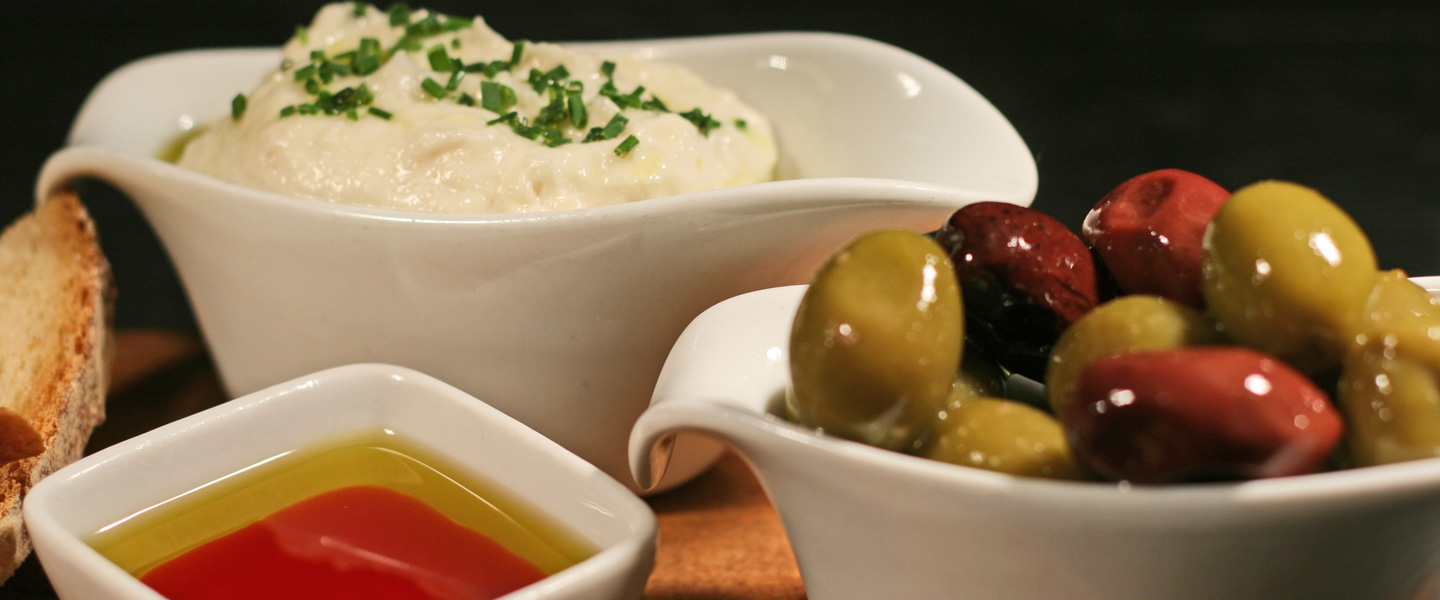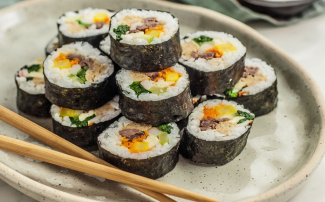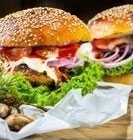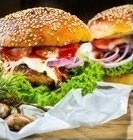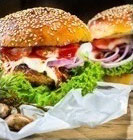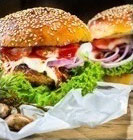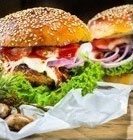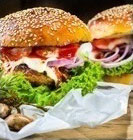Kimbap (김밥)
Traditional Korean Kimbap or Gimbap (김밥) is made with BulGoGi (Korean marinated beef) and other vegetables that are rolled in Gim ( dried sheets of nori seaweed). It is served in bite-sized slices and is a popular take-out food in South Korea. Common side dishes for Kimbap as lunch are Kimchi and yellow radish pickle (Danmuji).
The variety of their menu is big like Tuna kimbap (참치김밥), Yubu kimbap (유부 김밥) with seasoned deep fried bean curd. Other type of Kimbap are filled with kimchi, crab meat, egg omelette and vegetables.
There are several controversial versions of the origin of the modern form of Gimbap. Some claim it was derived from Norimaki a Japanese sushi variant. Norimaki is invented in Edo era and noted in 1716. And Japan introduced Norimaki to Korea during the Japanese occupation.
Other sources say Koreans introduced the concept to Japan during the Baekjae period. The most accepted theory in Korea is that the food was developed from the local tradition of rolling Bap (cooked rice) and banchan (side dishes) in Gim.
Gimbap and Norimaki now refer to distinct dishes in Japan and Korea: the former called Kimupapu (キムパプ) in Japanese and the latter called Gimchobap (김초밥; "Gim sushi") or Norimaki (노리마키) in Korean. Gimbap usually contains more ingredients and is seasoned with sesame oil, while Norimaki is rolled with usually one ingredient and is seasoned with rice vinegar.
Read more




